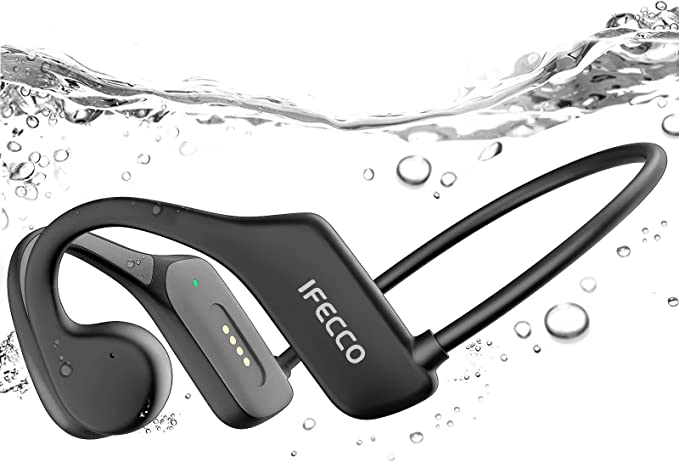The Beautiful, Slippery Gadget: Why Great-Looking Products Can Feel So Wrong
Update on Oct. 13, 2025, 6:20 p.m.
There is a unique magic in unboxing a new gadget. It’s a tactile and visual delight. You lift the lid to reveal the device, nestled perfectly in its packaging. You pick it up. It feels cool, solid, and substantial in your hand. The chassis, perhaps milled from a single block of 6000-series aluminum like a new smartphone or a premium shaver like the Xiaomi S700, gleams under the light. At that moment, the product is an object of desire, a perfect sculpture of glass and metal. This initial impression is powerful and intentional, a carefully crafted experience designed to convey quality and value. But then, you start to actually use it. And sometimes, the magic fades. The beautiful object becomes a slippery, awkward tool, and you are left confronting one of the oldest and most frustrating dilemmas in product design: the eternal battle between form and function.

Materials speak a silent language. Long before we assess a device’s technical specifications, we judge it by its physical composition. A polished aluminum body, a common choice for high-end electronics, communicates precision, durability, and a certain professional coolness. It borrows its prestige from aerospace and automotive engineering. A glossy plastic might feel modern and clean, but can also feel cheaper and attract fingerprints. The brief resurgence of ceramic in devices like the Apple Watch Edition spoke of luxury, purity, and scratch-proof permanence. Designers choose these materials not just for their physical properties, but for the story they tell and the perceived value they create. An aluminum-clad shaver simply feels more valuable than a plastic one, even before it has touched your skin.
The conflict arises when this aesthetic choice collides with the messy reality of human use. Take the feedback from a user of the aforementioned aluminum shaver: “It works very well,” the review reads, “pity that with so much design they forgot the ergonomics, it does not fit well in the hand and it slips.” This single comment is a perfect encapsulation of the form-over-function dilemma. The very quality that makes the aluminum feel premium—its smooth, non-porous surface—is precisely what can make it treacherous to hold with wet hands in a bathroom environment. The minimalist, sculptural shape that looks so appealing on a countertop may lack the curves, divots, and textured surfaces that would allow a human hand to grip it securely and comfortably.
This is not a mistake; it is a trade-off. Every physical product is a collection of compromises. The product design team is constantly navigating a complex web of competing priorities. The industrial designer champions a pure, unbroken aesthetic line. The engineer points out that adding a rubber grip would improve handling but would break that line and complicate the manufacturing process. The marketing team insists on using premium materials to justify a higher price point. The finance department sets a strict bill-of-materials cost that makes certain solutions unfeasible. The result of this multi-way tug-of-war is the final product you hold in your hand.
This phenomenon is by no means unique to shavers. Consider one of the most famous examples in modern tech: Apple’s Magic Mouse. As a sculptural object, it is a triumph of minimalism. A single, seamless arc of acrylic. On a desk, it is beautiful. In use, however, it is a source of endless debate. Its low profile can be uncomfortable for long-term use for some hand shapes, and its most infamous design choice—placing the charging port on the bottom, rendering it unusable while charging—is a clear case where maintaining a perfect, uninterrupted form was prioritized over user convenience. It is a beautiful mouse that is, for many, a frustrating tool.

So how should we, as consumers, judge these beautiful, slippery gadgets? Perhaps the first step is to recognize that design is not a monolithic quest for perfection, but an art of balancing competing virtues. A product is not just its spec sheet or its looks, but the holistic experience of its use. A truly great design, as industry legends like Dieter Rams have long advocated, is one where the aesthetic beauty arises from its usability, not in spite of it. It is innovative, useful, and honest.
The next time you are captivated by the sleek lines of a new device, take a moment to move beyond the unboxing. Imagine using it not just on day one, but on day one hundred. Imagine it with wet hands, tired hands, in a hurry. The most satisfying products are not always the ones that look most striking on a pedestal, but the ones that feel like a natural extension of your own hand when you’re actually getting things done. The pursuit of beauty is a noble one, but the true pinnacle of design is when the beautiful object and the perfect tool become one and the same.












